@Ana
Gamification in mathematics is an exciting approach that brings learning to life by integrating
game elements into educational activities. Gamification transforms math from a mere task into
an engaging and enjoyable journey for students.
Gamification can enhance math skills in various ways, for example, solving problems and providing
more practice. Furthermore, rewards and achievements inspire students to actively participate and improve their mathematical skills.
-
Ideas for you_Gamifying classrooms to enhance learners engagement
-
Here are some easy-to-implement gamification ideas for classrooms to enhance learner engagement:
-
Digital Badges for Achievements: Create digital badges using platforms like Canva or Google Slides that students can earn for completing tasks, demonstrating skills, or showing improvement.
-
Classroom Points System: Implement a simple points system where students earn points for participation, completing assignments on time, or demonstrating positive behaviors. They can redeem points for small rewards or privileges.
-
Interactive Quizzes with Kahoot!: Use Kahoot! to create interactive quizzes and trivia games. Students can compete individually or in teams, answering questions related to lesson content.
-
Virtual Classroom Pet: Introduce a virtual classroom pet or mascot that students "feed" or care for by earning points through good behavior, participation, or completing assignments.
-
Digital Spin-the-Wheel: Use a digital spin-the-wheel app or tool to randomly select students for answering questions, participating in activities, or receiving rewards. This adds an element of fun and surprise.
-
Online Polls and Surveys: Conduct online polls or surveys using tools like Mentimeter or Google Forms to gather student opinions, preferences, or feedback on lesson topics. Display results in real-time for discussion.
-
Gamified Homework Assignments: Design gamified homework assignments where students earn points or badges for completing tasks or achieving learning goals outside of class.
-
Classroom Leaderboard: Create a digital leaderboard that tracks student progress or achievements based on points earned. Update the leaderboard regularly to maintain motivation and engagement.
-
Digital Story Creation: Use digital tools like Storybird or Book Creator for students to collaboratively create stories. They can add text, images, and audio to develop imaginative narratives related to lesson themes.
-
Interactive Flashcards and Memory Games: Create interactive digital flashcards or memory games using platforms like Quizlet. Students can review vocabulary, concepts, or historical facts in a fun and engaging way.
These easy gamification ideas can be quickly implemented to make learning more interactive, enjoyable, and motivating for students, encouraging active participation and deeper engagement with the curriculum.
Shazia Baloch
JEST Teacher
Address: Sindh Pakistan -
-
Implementing gamification not just as a tool but as a core method of teaching could revolutionize education. By integrating game mechanics, such as competition, rewards, and storytelling, into lesson plans, educators can create engaging learning experiences that motivate students intrinsically. This approach not only fosters collaboration and critical thinking but also allows students to learn at their own pace in a dynamic and interactive environment...
Shazia Baloch
JEST Teacher
Address: Sindh Pakistan -
.jpeg)
.jpeg)
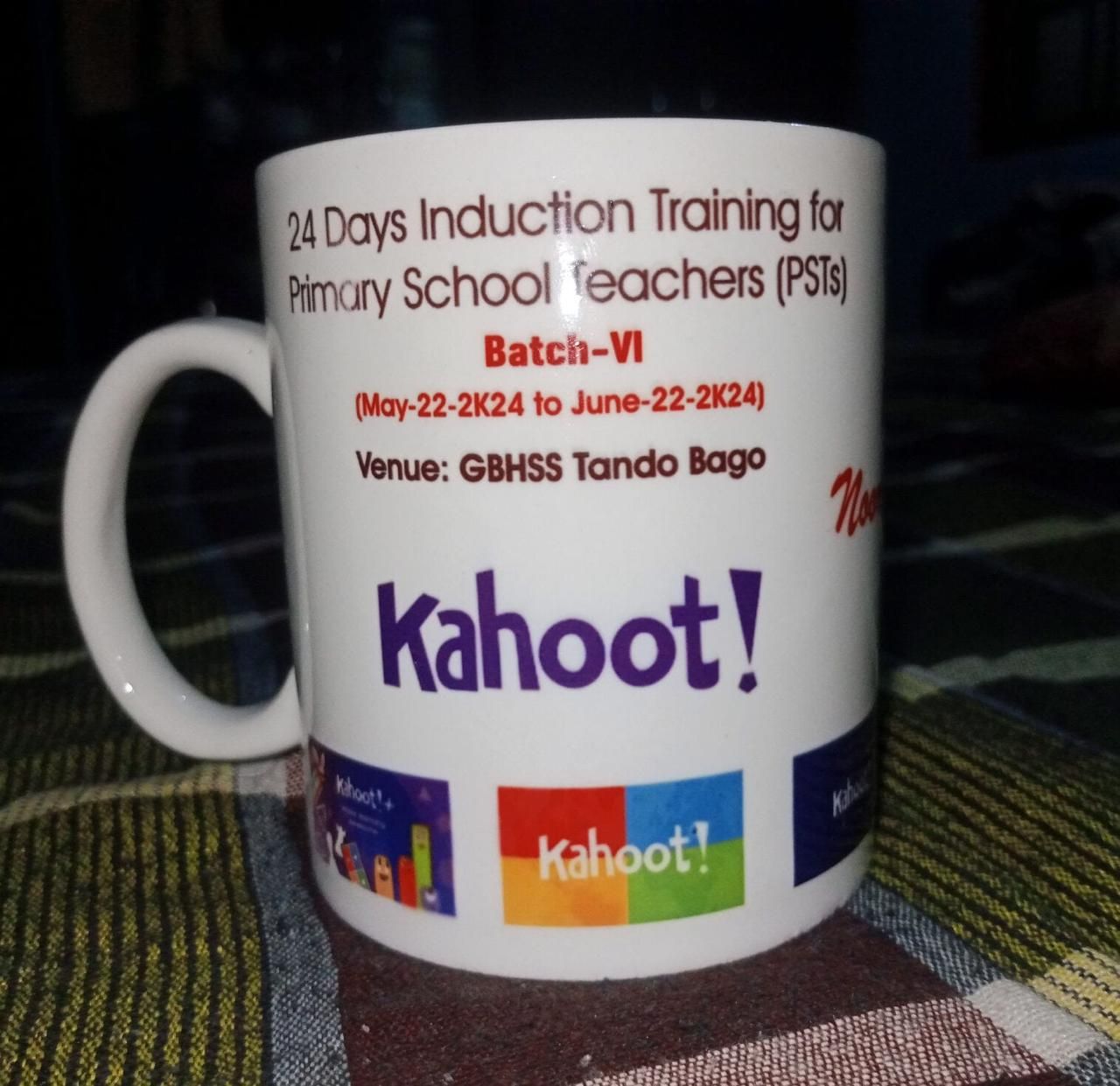
I have been using Kahoot as a gamification tool for my students.
The printed mug was given to the Kahoot winners as a reward.
Wordwall, role playing activity, press conference, gallery walk, round Robin, Fish bowl, think-pair-share and so many learning activities I have been working and implementing during my class. -
As we know that in 21st century learning students engagement is necessary i mostly like this way of teaching by gamification method because learners specially on EC level they learn by doing and takes alot of interest and it creats fun in learning other wise they become tired .
-
@MJANKb9ddefc9b1 Absolutely, student engagement is crucial in 21st-century learning. I also favor gamification, especially for early childhood learners, as it promotes active learning and keeps them interested....
Shazia Baloch
JEST Teacher
Address: Sindh Pakistan -
Gamification is very important,long lasting and effective learning.it helps the students to improve them.
Components: Award distribution ceremony must be held at the end of the academic session including Shields, troffies,badges, medals, stationary and chocolates etc.
Benefits of learning through gamification:
It's really very effective to encourage the students.
It boosts their imagination,thinking power and memorizing power also.
It is very powerful for the slow learners by
collaboration of the students in the groups.
It helps them to use and enhance their skills, capabilities,creativity and thinking .
It helps to develop the spirit of to do new things,and it also helps other student's skills.
It reduces the disappoinment in the students by encouraging them that they will give their best next time, if they didn't win the competition.
Students can be well aware from their talent,skills and capabilities that thing can be help them to know their goals/the aim of their lives.
It creates a pleasant environment in the classroom by grooming their personalities, to learn ethics. By helping each other, by showing sympathy,kindness and patience.
Gamification us the best way to maintain their physical and mental health. -
Hi colleagues.
Hope everyone is having a great week and a coming weekend.Here I found some Gamification Tools that are free and ready to explore for us. Hope at least one could be exploring this new school year with your students. It is very fun for them to learn and enjoy the journey at the same time. Some were discussed previously but are part of my list also as a reminder.
- Duolingo: Duolingo is a free online language gamification app offering 94+ language courses. It boasts 500 million+ users worldwide, and the Duolingo for Schools app offers teachers and its users a fun, gamified way to teach language involving personalized and self-paced assignments.
With customizable assignments and lessons, as teachers we can cater to their learning objectives with ease.
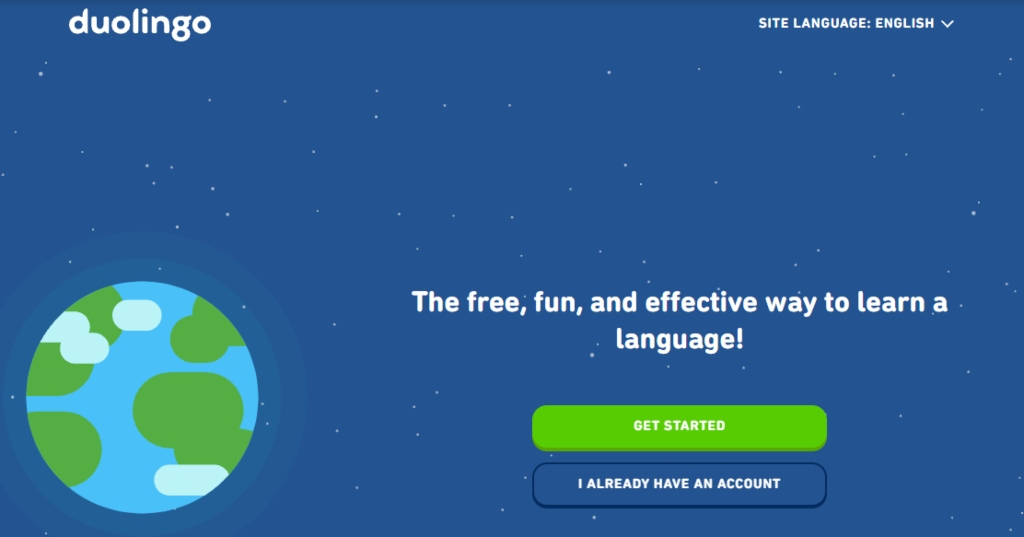
- Arcademics
Arcademics makes multiplayer educational games—free math games, free language arts games, and more for K-8 students.
With Arcademics Plus, teachers and parents can view analytics and reports that allow customization of game content.
Arcademics games play out on the iPad and Android app.
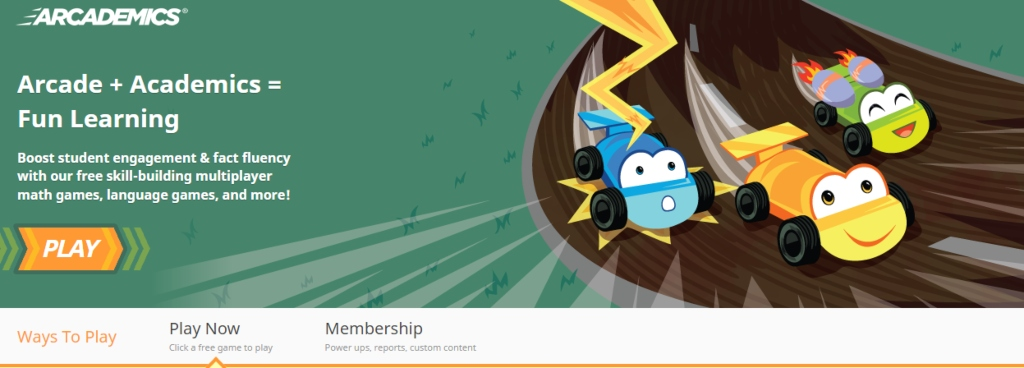
- Jotform Quiz Maker
Jotform Quiz Maker is a supercharged tool that allows users to build dynamic quizzes and polls. The product offers many features, such as conditional logic and calculations, that can be used to create unique quizzes for everyone and score them.
Jotform also allows users to keep track of all of their submissions and manage their data with automated dashboards, graphs, reports, and an analytics tool.
The quizzes can be embedded into a website, shared with a link or QR code as well as easily built into a no-code mobile app.
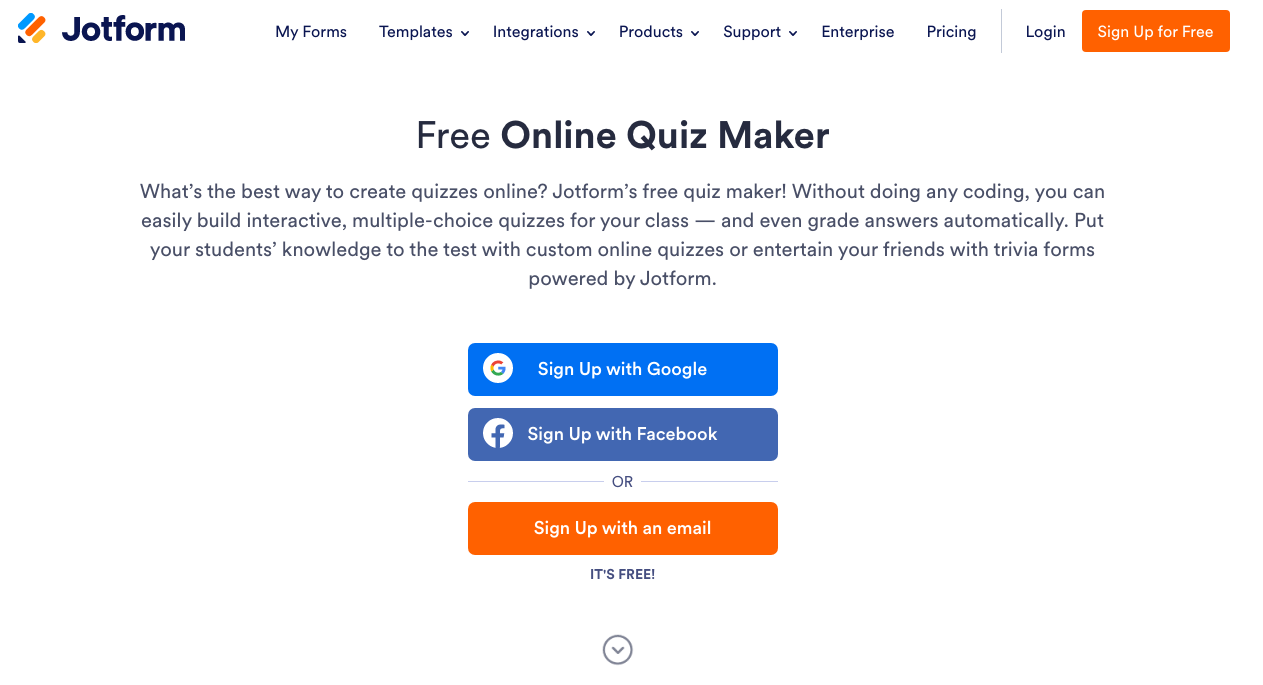
- Xperiencify
Xperiencify is a revolutionary gamification platform that uses seven psychological triggers, such as urgency, FOMO, and social proof, that drive engagement rates through the roof.
Instructors can use gamification elements such as points, countdowns, and leaderboards to motivate students to reach course completion goals.
When used correctly, course creators can expect completion rates 10-30 times higher than the competition.
Link: https://youtu.be/BgPA1rHv8xs- Brainscape
Brainscape boasts of being the world’s most brilliant flashcard app.
Brainscape uses cognitive science gamification software that optimizes studying by repeating more challenging concepts in perfect intervals to maximize memory retention.
You can bet there is a flashcard for every possible application.
And if you cannot find a flashcard deck in their robust database, you can create your own.
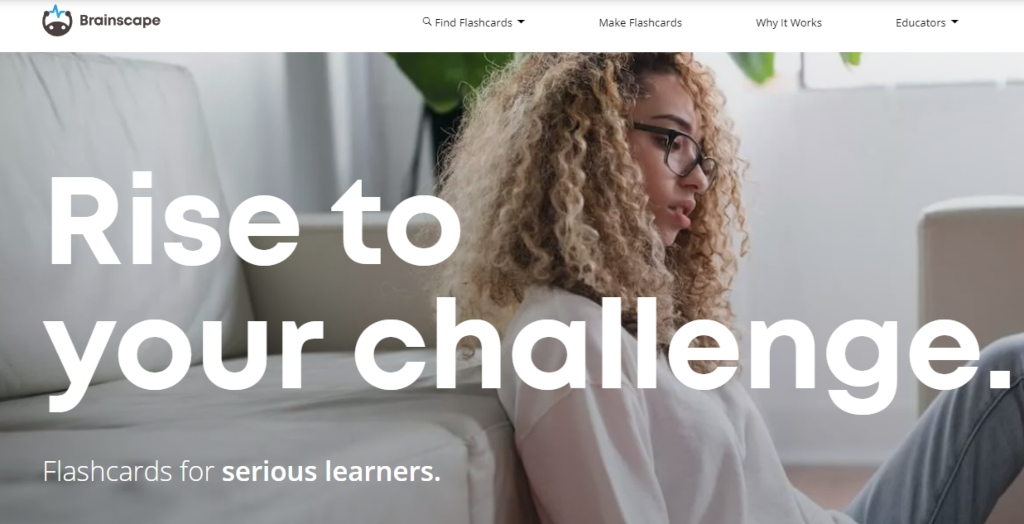
- Cerebriti
Cerebriti, created in Spain, is a gamification software platform that offers two distinct angles to the learning process.
First, students create their educational games, and second, they play other students’ or teachers’ games to consolidate their learning process.
There are games on all subjects for all ages, and they are multi-platform.
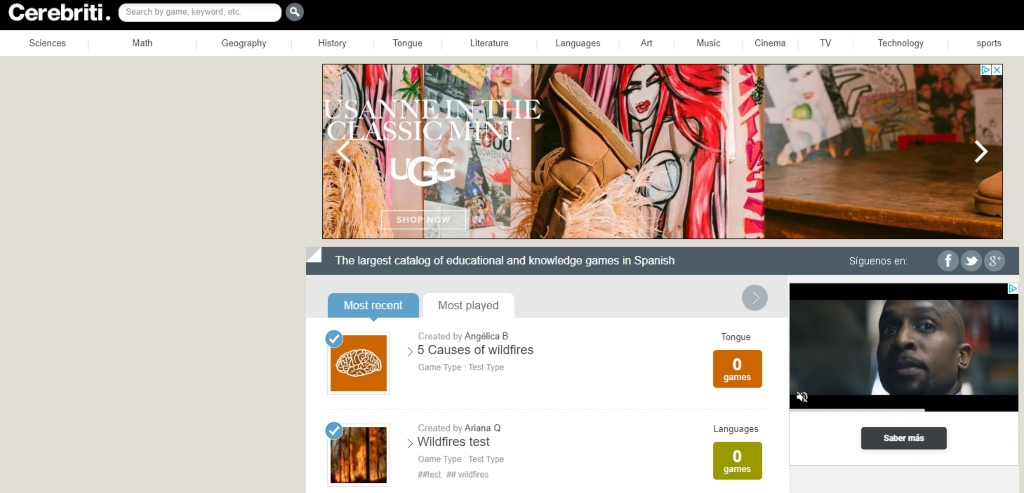
- BookWidgets
BookWidgets is a gamification software that serves all educators, including; elementary teachers, middle or high school teachers, university professors, and professional trainers.
BookWidgets also offers 40+ digital exercise templates that work on smartphones, tablets, or computers.
BookWidgets is a fast and efficient grading system that provides feedback to students and teachers, allowing them to assess problem areas or where students may need extra attention.
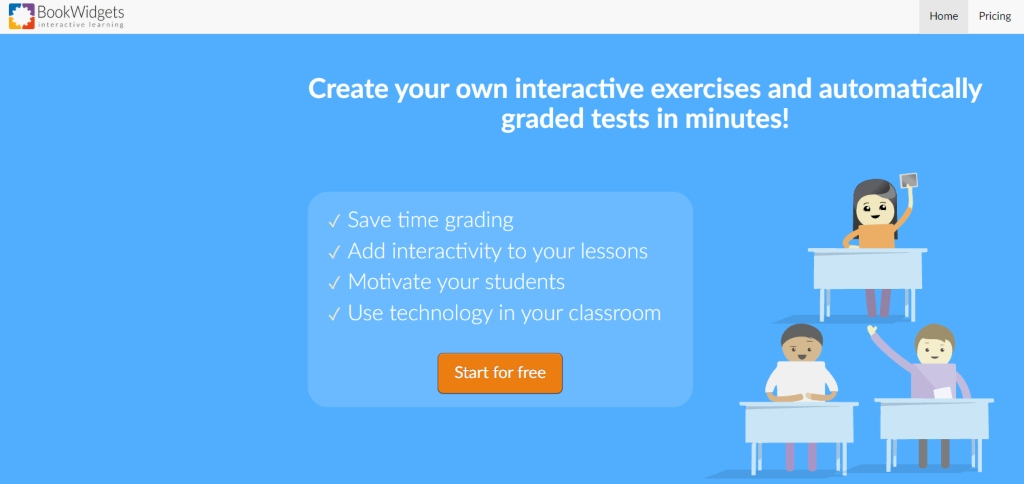
- ChemCaper
ChemCaper is a video game platform developed by school teachers that teaches fundamental chemistry concepts to teenagers aged 10 to 14 years old.
Students report that they remembered 90% of concepts learned in 6 months after playing the game for the first time.
Based on chemistry concepts and the Periodic Table, students can explore unique environments, craft potions, and battle with collectible creatures.
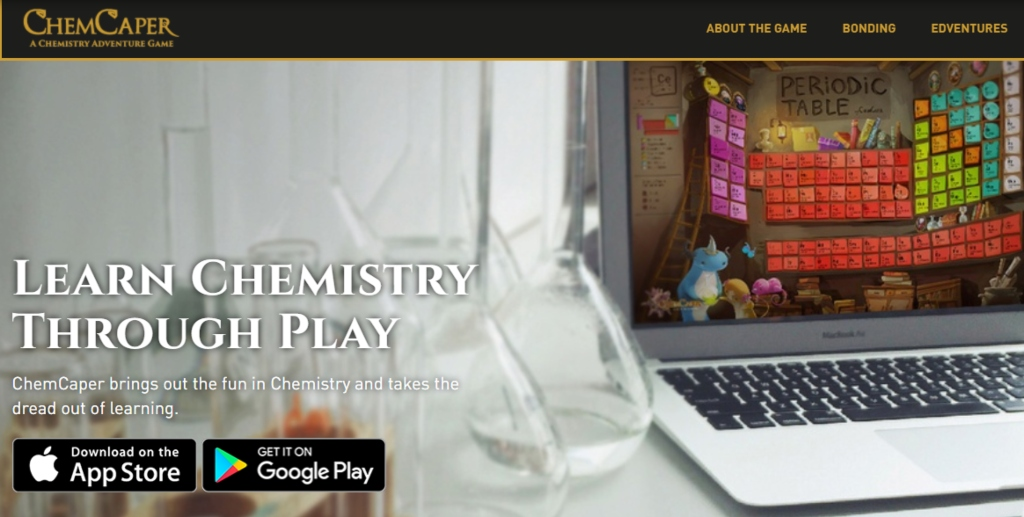
- Course Hero
Course Hero focuses on filling the gap between college and the workplace.
The gamification features are fundamental, with achievement badges for accomplishments like logging on during the weekend, uploading documents, and completing classes.
There’s a sitewide leaderboard, but lacking here is community or interaction between students.
Course Hero’s strengths are its study resources, 24/7 homework support, textbook solutions and explanations, and expert tutors.

- Edmodo
Edmodo is a free app that mirrors the functionality of a social media network for educational purposes.
It provides tools that allow teachers and users to send messages, share training materials, and make learning accessible anywhere.
In addition, Edmodo communicates with parents keeping them up to speed on class updates, allowing them to sync with their children's teachers and support learning at home.
And lastly, parents can see classroom activities and grades to support their children's progress.
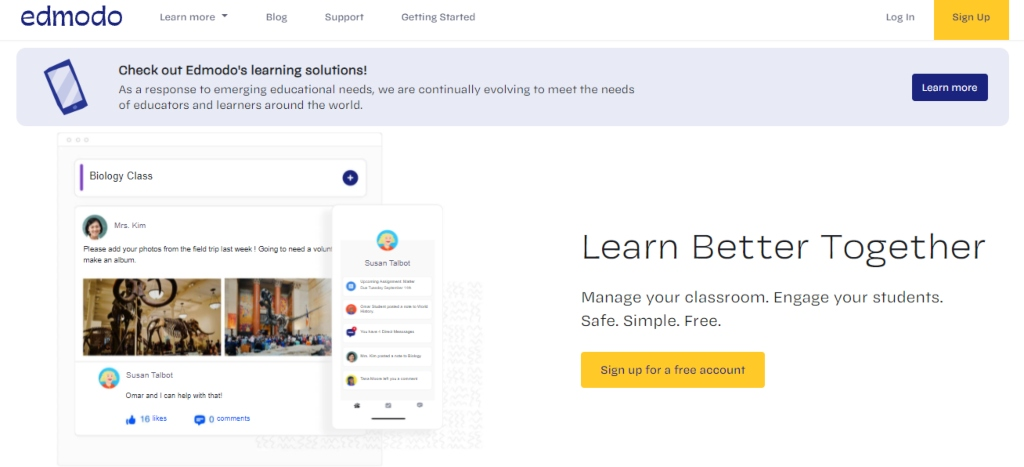
- Classcraft
Classcraft promotes social and emotional learning (SEL) through its gamification software.
Class Craft is a mobile game app where students create their avatars complete with special powers to navigate the classroom, its rules, and deadlines collaboratively.
You can utilize Class Craft to get students fully interacting with the rules of your classroom and beyond.
And it is a perfect classroom management tool for high school students.
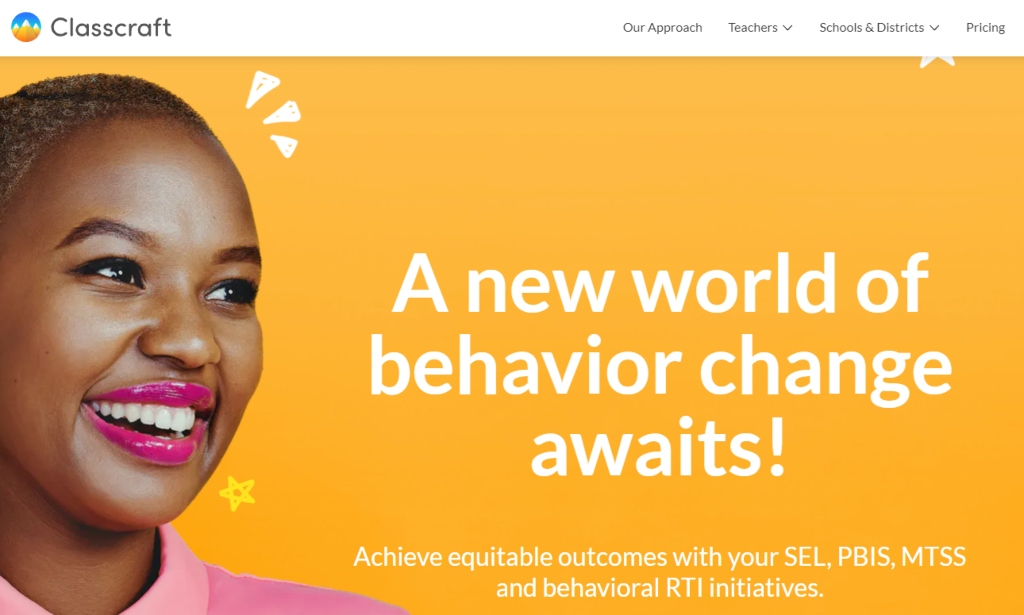
- Genially
Genially is a platform to gamify your presentations by making them interactive and fun.
Genially works to elevate the learning experience by allowing you to import any presentation by offering rich animation and gamifying anything from quizzes to escape rooms filled with interactivity.
Also, Genially offers a myriad of templates to plug and play your existing content into so that you can be up and running fast.
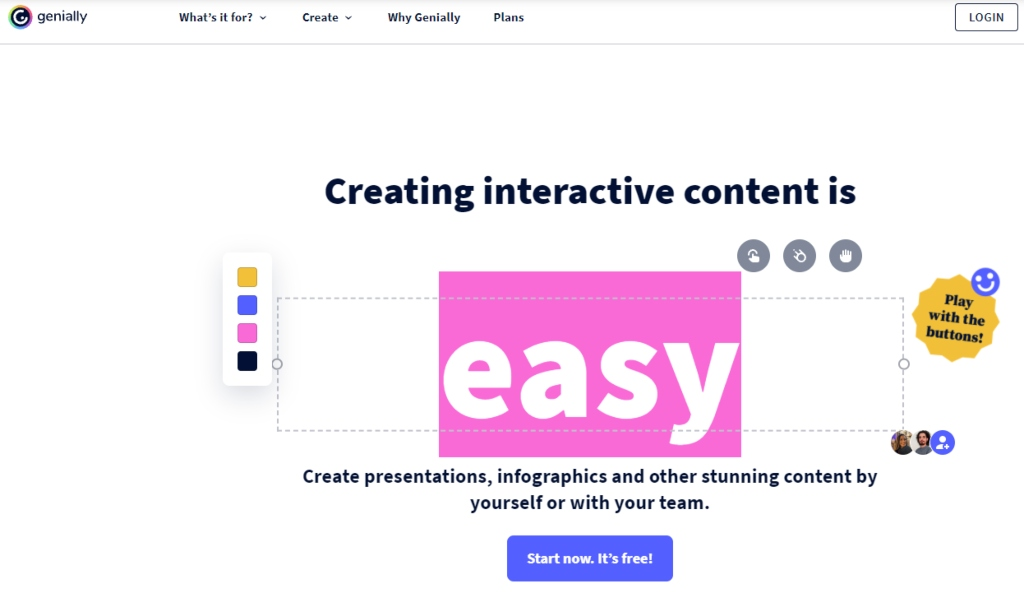
- Virtonomics
Virtonomics is a business simulation offering student engagement through a gamified experience in economics, entrepreneurship, competition, marketing, finance, sales, production, strategy, innovation, startup development, R & D, HR, supply chain management, and more.
It boasts an online community of 1 million players from all over the world engaging in various business platform simulations.
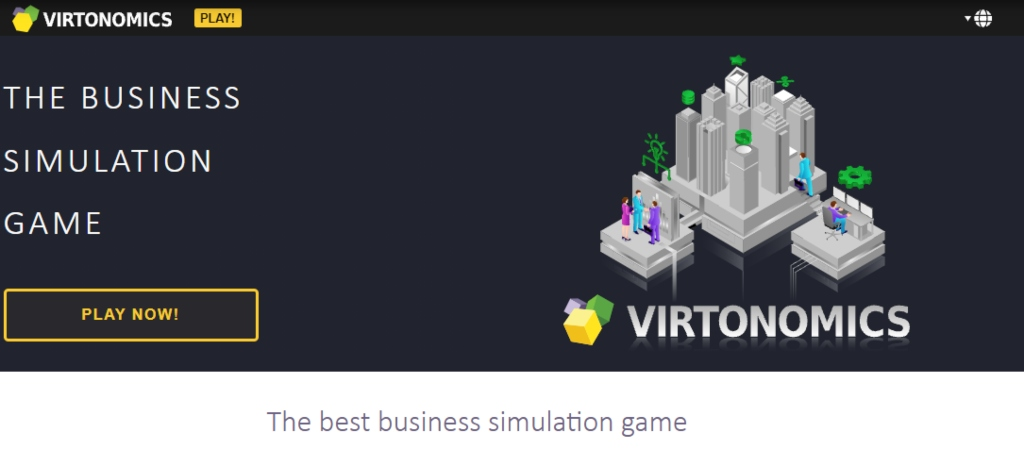
- Gimkit
Gimkit is a gamification software that offers a live learning game show experience with constant updates, new modes, and power-ups that keep the game fresh and relevant.
Students answer questions on their own devices and are presented the same questions in multiple ways to ensure mastery of a topic.
Students’ rewards come with in-game cash by answering questions correctly, but at the same time can lose some money by answering incorrectly, motivating them to be thoughtful with their answers.
And Gimkit can be used outside of the classroom as homework, which facilitates automatic grades for you.
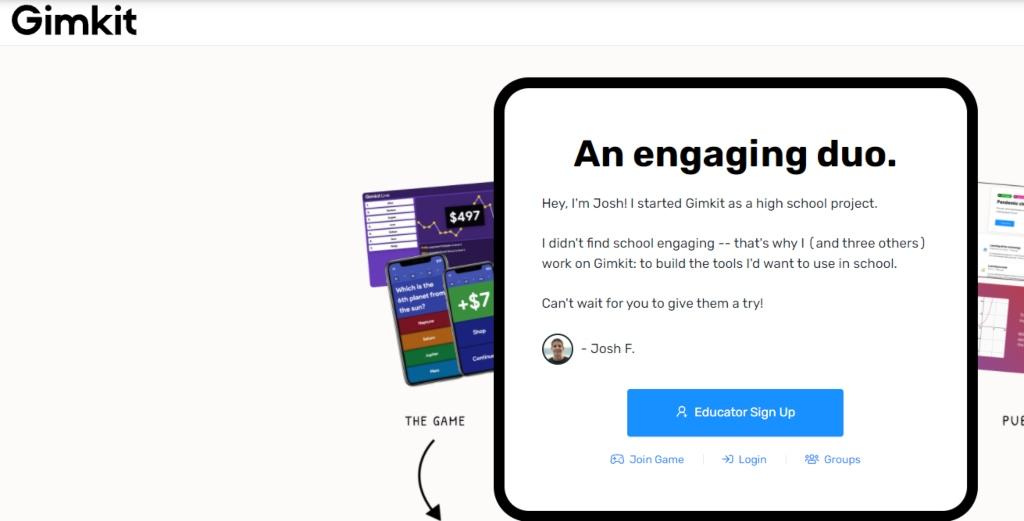
- Kahoot! (My favorite)
Kahoot! offers a game show environment to get students excited about learning.
Particularly useful in the school setting for quizzing vocabulary, multiplication, and simple geography.
And Kahoot! provides support to many learning settings such as school, work, and home.
Kahoot! is utilized by more than 1 million+ players annually in more than 200 countries.
Kahoot! is used in the US by over 50% of teachers and 97% of Fortune 500 companies.
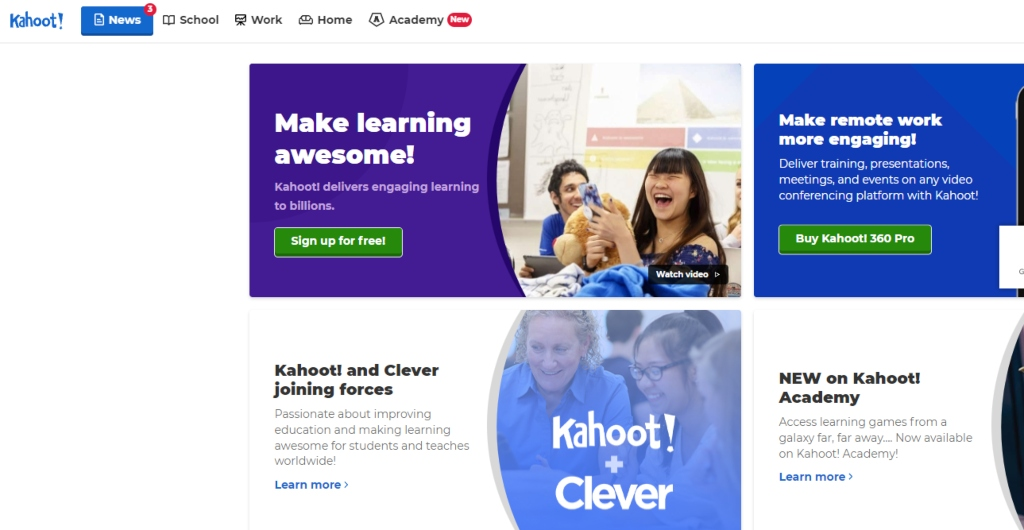
- ClassDojo
ClassDojo is an app that connects teachers with students and parents.
The Class Dojo app focuses on younger children of primary school age.
Creating a positive culture by working hard, being kind, or just helping others, Class Dojo is brilliant at fostering or strengthening new behaviors.
Teachers can also keep parents in the loop by communicating the story of their classrooms by instantly sharing photos, videos, and announcements or by privately messaging with any parent.
And Class Dojo will always be free for teachers.
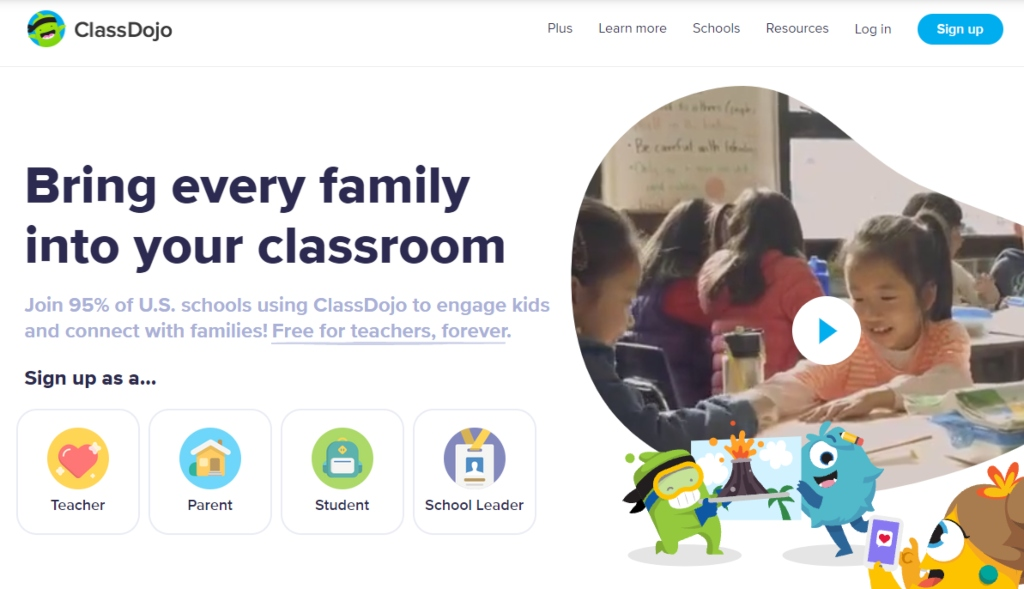
- Knowre
Knowre is an online math program platform that supports the needs of all students with a personalized online math curriculum for each student, instructional support at every step, and an intuitive online math interface.
Comics are used for grades six and above to introduce lessons and provide a fun visual learning experience.
Knowre Math provides standards-based instruction for Grades 1-12 with over 70,000 rigorous practice and real-world application problems organized into topic-specific lessons.
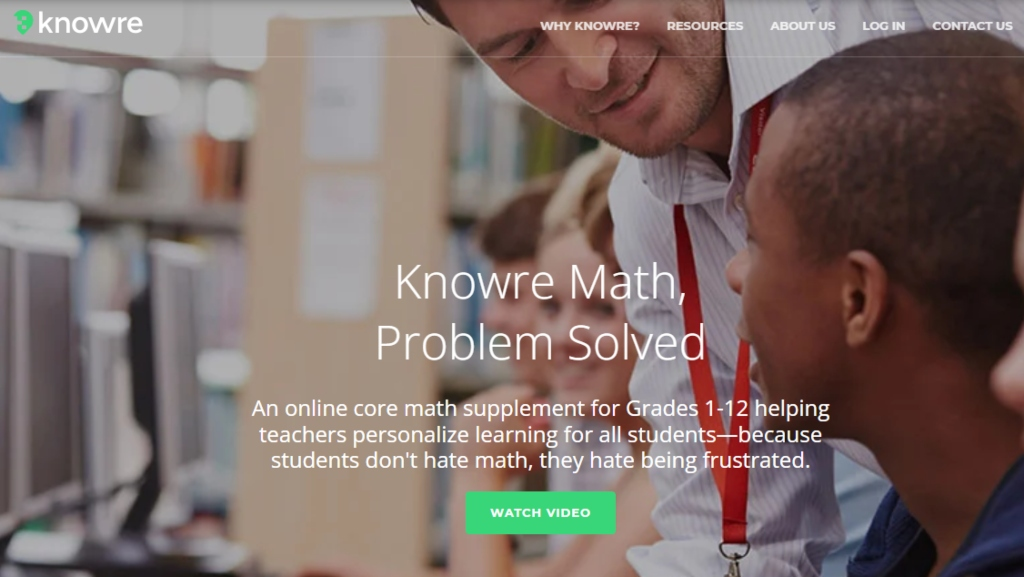
- Minecraft: Education Edition
Minecraft: Education Edition is a gamification tool based on the award-winning video game Minecraft.
The Minecraft: Education Edition offers features designed for teaching, pre-built lessons, and cross-curricular support.
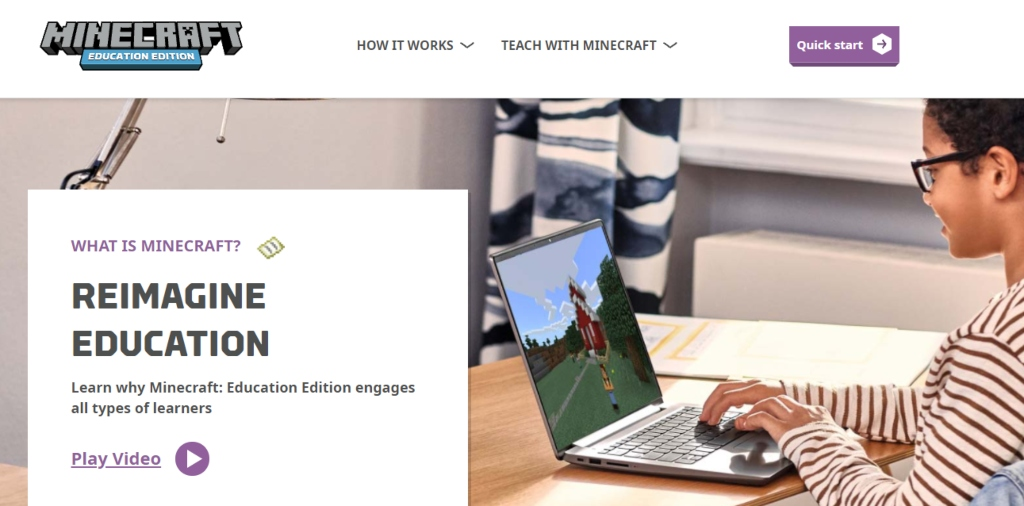
- CodeCombat
CodeCombat is a video game platform that teaches students how to code through play.
With CodeCombat’s unique gamification software, students learn to play and write code from the start of their adventure in the game.
CodeCombat focuses on beginners learning Python, Javascript, and C++ programming languages.
Teaching over 20 million students Computer Science, CodeCombat teaches students to be critical, confident, and creative learners regardless of experience.
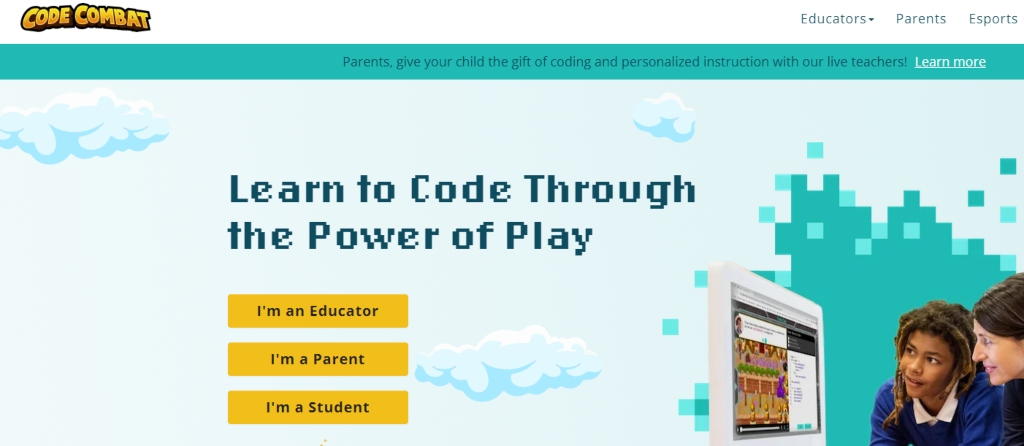
- Monster Kit
Monster Kit is a board game aimed at primary school children allowing 1 to 10 players.
It allows you to practice creative skills by utilizing drawing, reading, writing, doing calculations, and fostering imagination by developing funny monsters.

- GooseChase
GooseChase is gamification software that allows you to run real-world scavenger hunts.
There are multiple ways to use Goose Chase; virtual teams, recreation, onboarding, campus orientation, and K-12 education.
In addition, Goose Chase offers real-time game action that includes a live leaderboard and activity feed, reward points for outstanding submissions, and a reporting dashboard analytics to measure success.
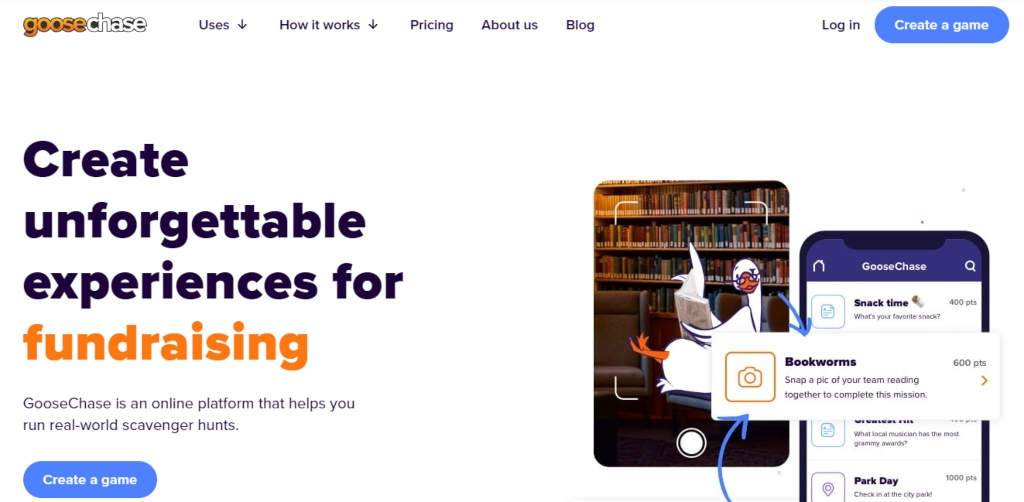
- Pear Deck
Pear Deck is a way to create interactive presentations in the classroom or remotely.
Pear Deck seamlessly integrates with Google or Microsoft-based systems, so there is no need to learn a new system.
Students can interactively respond to questions in real-time that allows teachers to communicate feedback immediately.
These responses can take the form of dragging and dropping pins, drawings, multiple-choice, short text, giving students a website, and providing a numbers-only reaction.
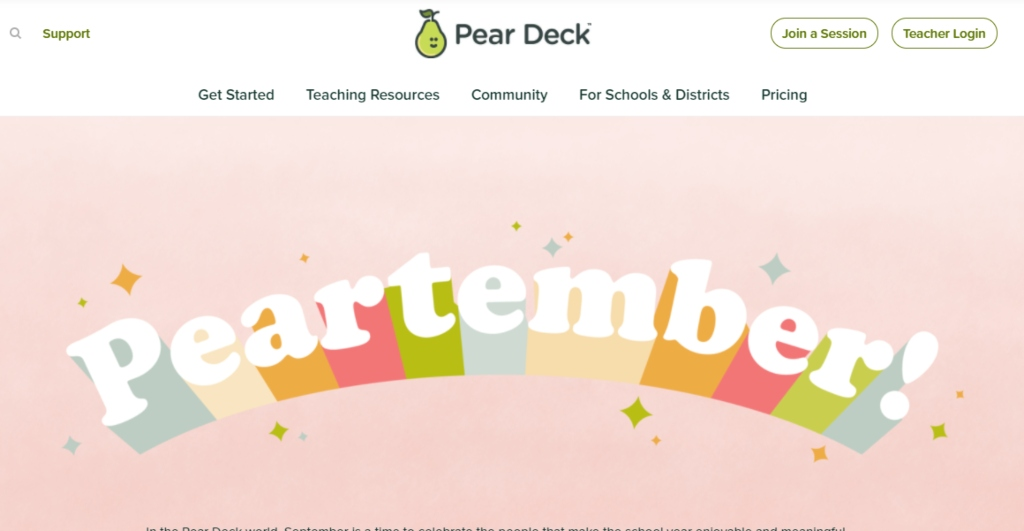
- Quizizz
Quizizz is an online app that allows teachers to quiz and test students in the classroom interactively or at home.
Quizizz offers gamified quizzes, polls, and lessons that can be led by a presenter or self-paced.
Students can join from any device with a web browser and use their iPhone and Android Apps.
Teachers know instantly what’s working and what’s not with real-time reporting and key performance indicators (KPI).
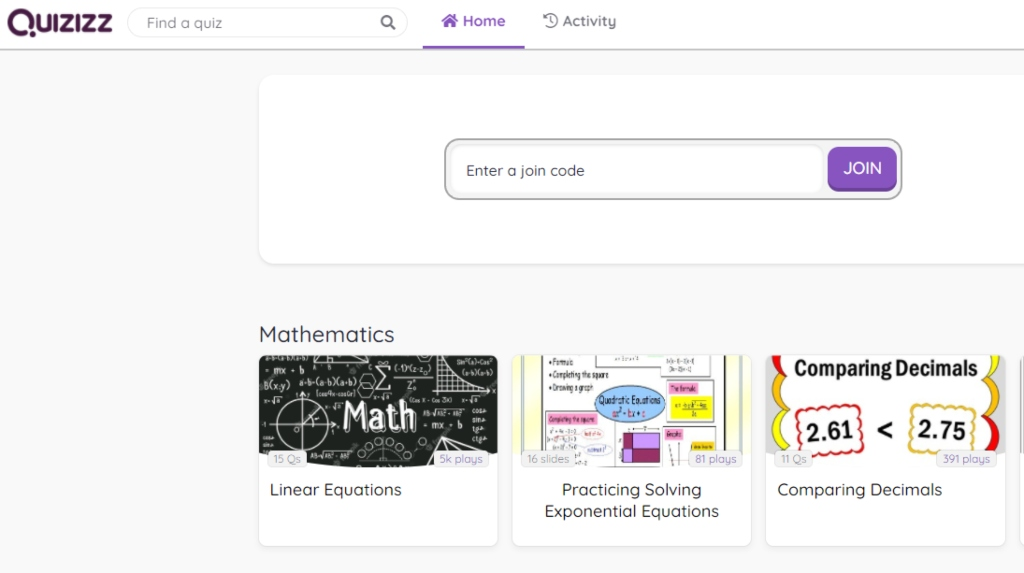
- Socrative
Socrative is a gaming app that offers everything from quizzes to polls and is 100% free to all students.
Offering three customizable game modes called “space race” aimed at accuracy and speed, your typical question and answer mode, and “Exit Ticket” aimed at assessing how well lessons create a learning experience.
You can use Socrative on smartphones, tablets, laptops, and computers.
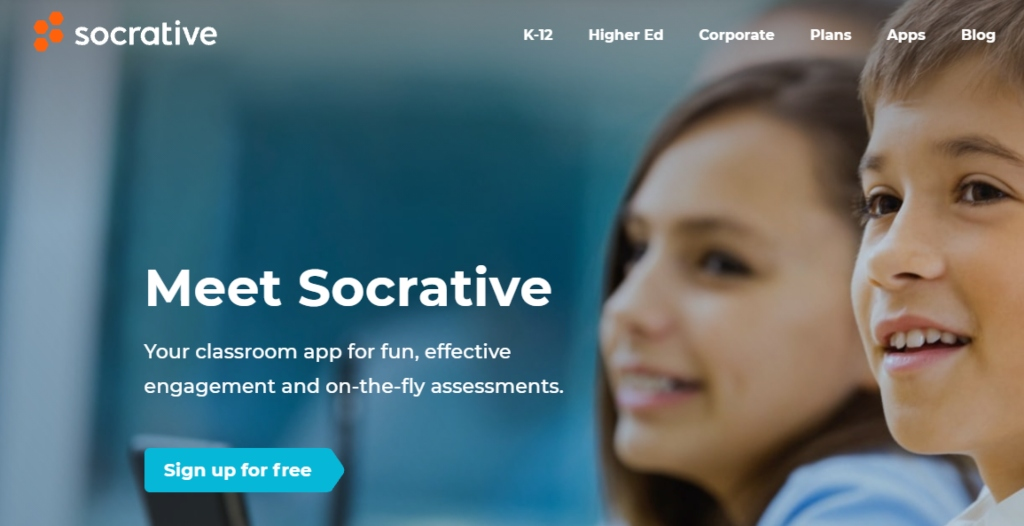
- PlayBrighter
PlayBrighter allows you to set your students on missions to complete specific learning objectives in a gamified manner.
From spelling to science, French vocabulary, to the Fibonacci sequence, the games employ over 15,000 possible questions you could ask and gives you the ability to add your questions.
Utilizing avatars, students can add personas to their learning experience to accomplish learning objectives making the game more interesting.
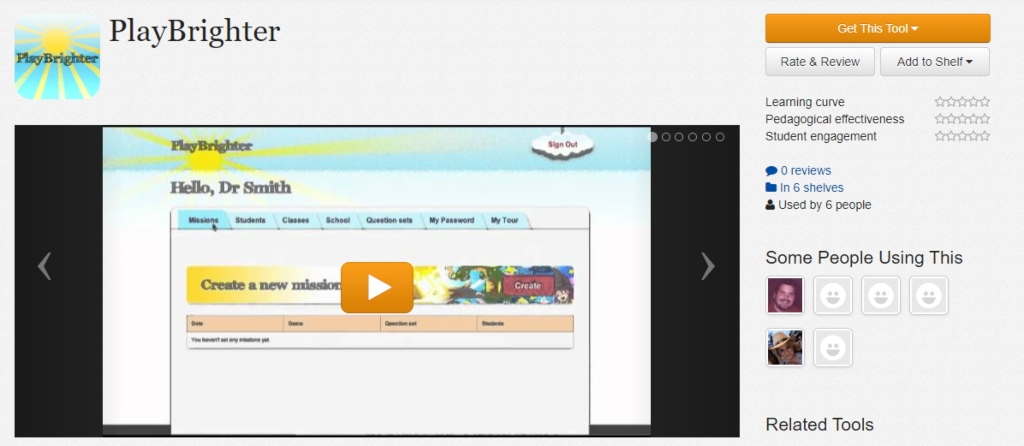
- Toovari
Toovari is a multi-player platform created and developed in Spain.
It allows you to create a class where you can invite students and test their knowledge via game mechanics.
Toovari also includes assessments and communication with parents providing a robust environment that capitalizes on the latest technologies.
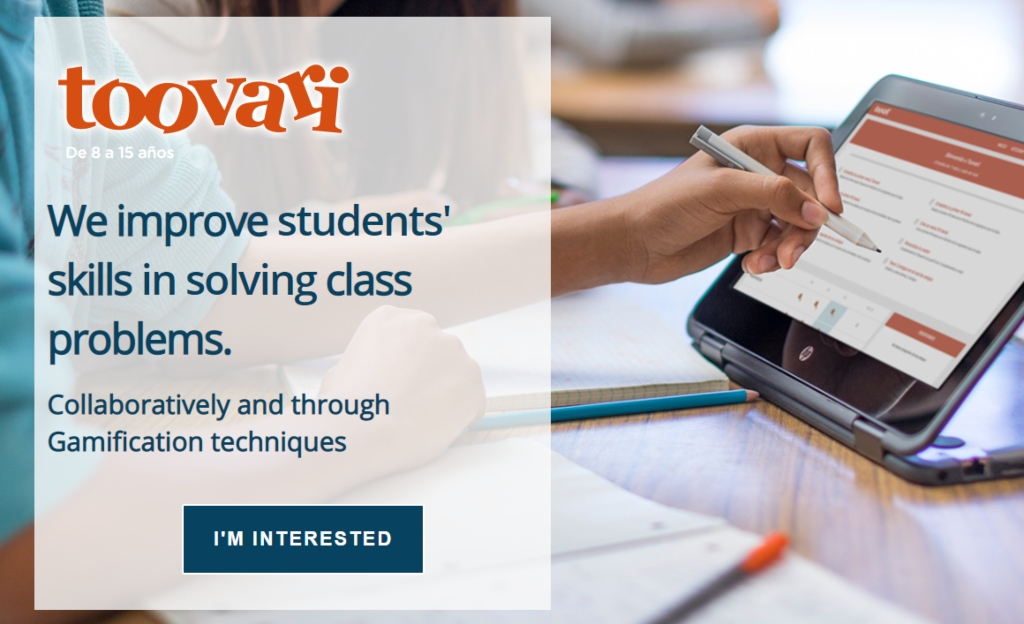
- Quizlet
Quizlet is a multi-national American company offering digital flashcards, matching games, electronic practice assessments, and live quizzes similar to Kahoot!.
Available in English, German, Spanish, Chinese, Japanese, Korean, Portuguese, Polish, Russian, French, Indonesian, Dutch, Italian, Turkish, Vietnamese, and more.
It is an excellent study aid for anything that requires memorization in a fun, gamified manner.
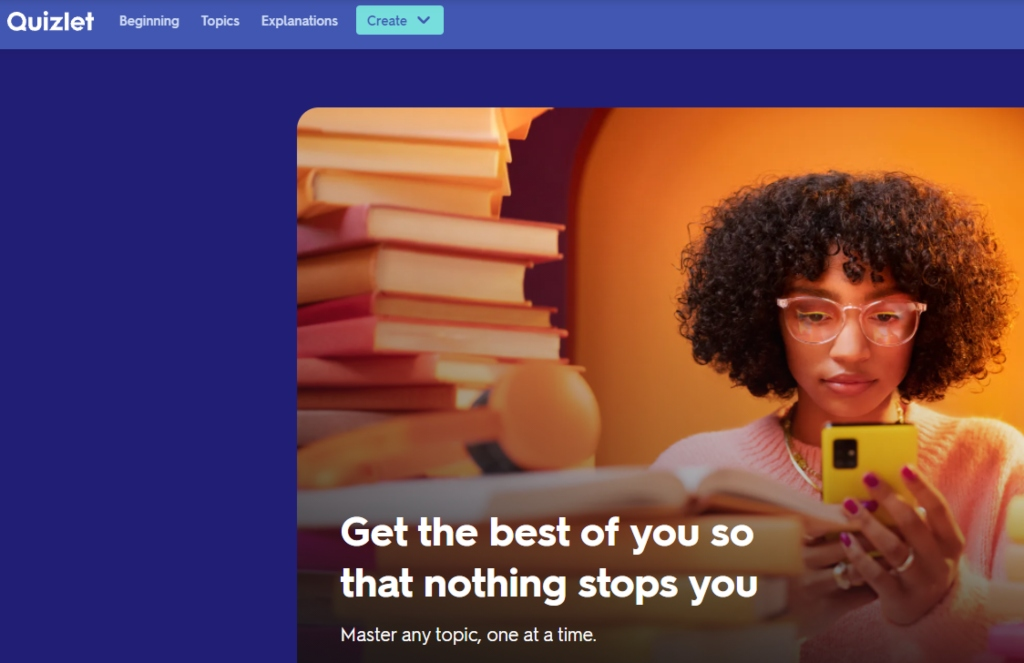
- Trivenet
Trivenet is a free online trivia game created by a teacher to gamify the learning process.
In addition, it allows you to set up your own trivia game, allowing students to engage with your specific learning objectives.
And lastly, Trivenet is now available in a downloadable app for android platforms.
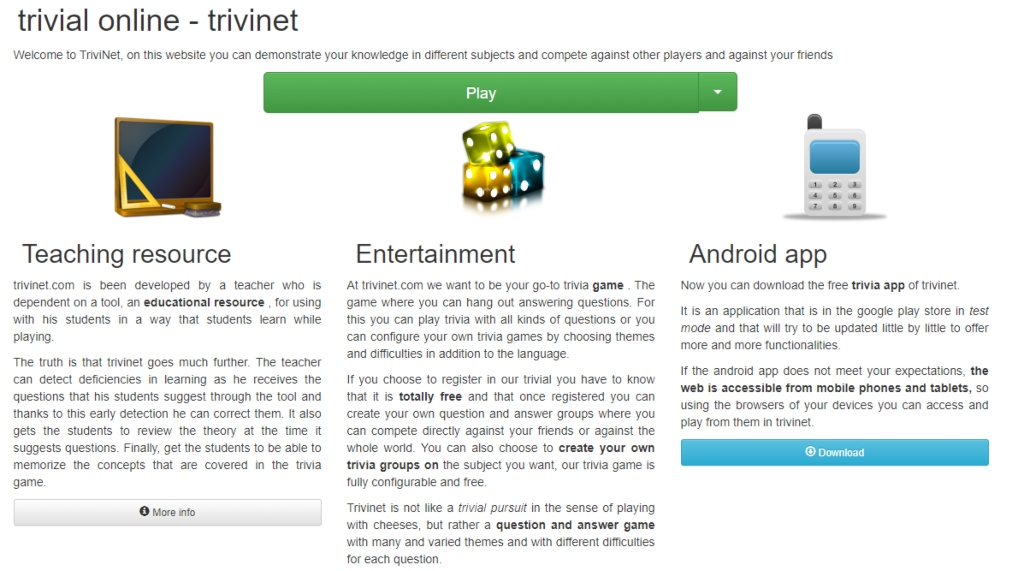
- Breakout EDU
Breakout EDU offers 1,800 kit-based digital games that span every grade level.
Games are available for core subjects like Math, Science, History, and general topics such as holidays, team building, and more.
Through Breakout EDU’s puzzle-based game design, students' critical thinking and creativity are put to the test as teams explore clues to create the perfect lock combinations to solve the puzzles.
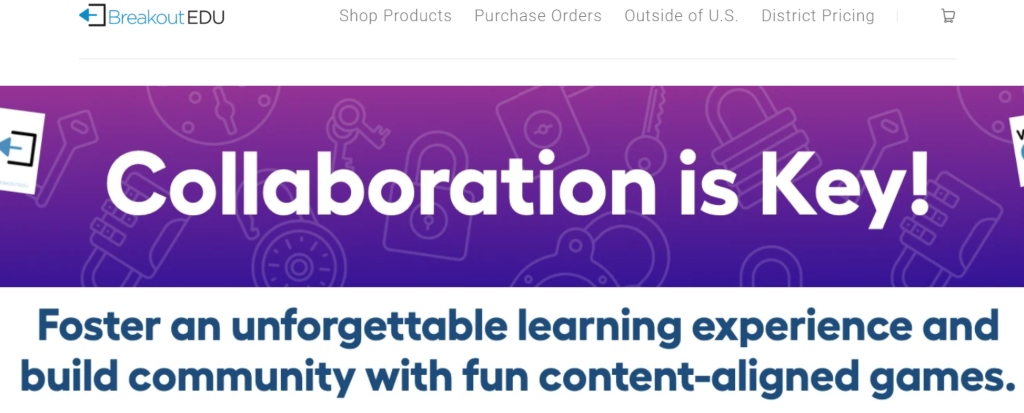
Best,
Mr. Bryan -
Ana this is my cup of tea I really appreciate the topic and the suggestion of such important area that many us as educators put it in a second place when it comes to technology. Game based teaching has always been there since the days of Montessori and proved to be an effective way to communicate with kids and old people too. Here when it comes to technology + gamification as I said to my colleagues in one of the training as if you have both MESSI and RONALDO in one team you got it all but you have to master the power and use it the right way. In my neurology lectures with Mr. Foued a great teaching in both ISEFC and Boston University we came to discover that learning is almost impossible without playing especially with young learners (and other too). It creates neuro-connections that will last forever as the game is used alongside the rule or information and both are stored in that neuro-section and are more active and accessible. Technology is the way we serve the game and now thanks to the ease of access more options are available and teachers can curate or create their content to be adapted exactly to what they teach. Thank you again I am eager to share my experience in creating educational technology content for gaming to all my friends here. Love you all.

-
Gamifying classrooms is a fantastic way to boost student engagement. By incorporating elements like points, badges, and leaderboards, learning becomes more interactive and fun. This approach can motivate students, encourage healthy competition, and make challenging subjects more approachable. It's a great strategy to keep students excited and invested in their education.
Shaheen
-
Digital Badges: Award digital badges for mastering specific skills or completing projects. These can be displayed in an online portfolio, giving students a tangible sense of progress.
Mystery Motivators: Occasionally introduce surprise rewards for meeting certain goals or exhibiting positive behaviors. The element of surprise can keep students engaged and motivated.
Collaborative Projects: Encourage group projects where students can earn points or badges collectively. This promotes teamwork and helps build social skills.
Interactive Storytelling: Use storytelling with branching scenarios where students make decisions that affect the outcome. This can be particularly effective in subjects like history or ethics.
I would love to hear more about the gamification tools anybody have tried and any additional resources or examples anybody might have. Sharing these experiences can help us all enhance our teaching methods and better engage our students. -
@Ekaterina-P Gamifying Debates: using debates on a topcic to encourage critical thinking and effective arguments on debates.
-
@Ekaterina-P Reward Competetion: Develop quize compitition among students and winner got some prize
-
Prepare to revolutionize education through the power of play! Gamification introduces a dynamic shift in classrooms, turning traditional learning into an immersive adventure. Imagine students tackling complex subjects with the enthusiasm of game characters, earning points for mastering skills and overcoming challenges. By integrating game mechanics like rewards, quests, and levels, educators ignite a passion for learning that extends beyond textbooks. How can we ensure gamification continues to inspire and engage students across diverse learning environments?
-
Educational games and apps have revolutionized the way we learn. By transforming complex subjects into interactive and engaging experiences, they cater to diverse learning styles and make education enjoyable. From toddlers mastering basic concepts to adults honing specific skills, these digital tools offer endless possibilities.
They foster critical thinking, problem-solving, and creativity while providing instant feedback and personalized learning paths. As technology continues to advance, we can expect even more innovative and effective educational games and apps to emerge, shaping the future of learning.
-
Gamification in education is the strategic application of game-design elements and mechanics to enhance learning experiences. By incorporating challenges, rewards, competition, and storytelling, educators can transform traditionally passive learning into an engaging and interactive process.
This approach fosters increased student motivation, participation, and ultimately, a deeper understanding of the subject matter. Gamification taps into the innate human desire for achievement, recognition, and fun, making learning a rewarding journey rather than a chore.
-
Leveraging Gamification in Chemistry Education to Enhance Student Engagement and Understanding
Introduction to Gamification in Education
Define gamification and its relevance in modern education. Explain how gamification transforms traditional learning into an interactive experience.
Benefits of Gamification in Chemistry Education- Increased student motivation and engagement.
- Enhanced understanding and retention of complex concepts.
- Development of critical thinking and problem-solving skills.
Implementation Strategies - Game-Based Learning Platforms: Use platforms like Kahoot!, Quizizz, and Classcraft to create interactive quizzes and challenges related to chemistry topics.
- Chemistry Simulations and Virtual Labs: Integrate digital labs such as PhET Interactive Simulations and ChemCollective to allow students to conduct experiments in a virtual environment.
- Leveling Up System: Design a reward system where students earn points, badges, and levels for completing assignments, participating in class, and demonstrating mastery of concepts.
Case Study: Gamifying a Chemistry Unit on Acids, Bases, and pH - Interactive Quizzes and Challenges: Create quizzes on the properties of acids and bases, pH calculations, and real-life applications.
- Virtual Lab Experiments: Use virtual labs to conduct titration experiments and observe the effects of acid-base reactions.
- Role-Playing Games: Develop scenarios where students take on roles of chemists, solving real-world problems involving acid-base chemistry.
Assessment and Feedback - Continuous assessment through gamified activities.
- Instant feedback mechanisms to help students track their progress and areas for improvement.
- Use of analytics from gamified platforms to monitor student engagement and performance.
Challenges and Solutions - Challenge: Limited access to technology.
Solution: Utilize low-cost or free gamification tools and ensure equitable access to resources. - Challenge: Resistance to change from traditional teaching methods.
Solution: Provide professional development for teachers to understand the benefits and implementation of gamification.
Conclusion
Summarize the impact of gamification on student engagement and learning outcomes. Encourage educators to experiment with gamification to create a dynamic and effective learning environment.
Tabassum Laghari
-
No one can deny that gamification is very important in every era. Students enjoy by the gamification classroom even it's a physically or by the gadegets and they learn happily, enjoying fully in gamification classroom.
-
I mostly prefer this method of teaching not only students i also enjoy teaching by this method and its my personal experience i get 90% out put from my learners.
-
@Raj-Kumar hello respected sir
Is there any suitable method to teach disabled learners do you have any idea as u are experienced mashAllah kindly give suggestions how to face them n resolve their problems.thanks